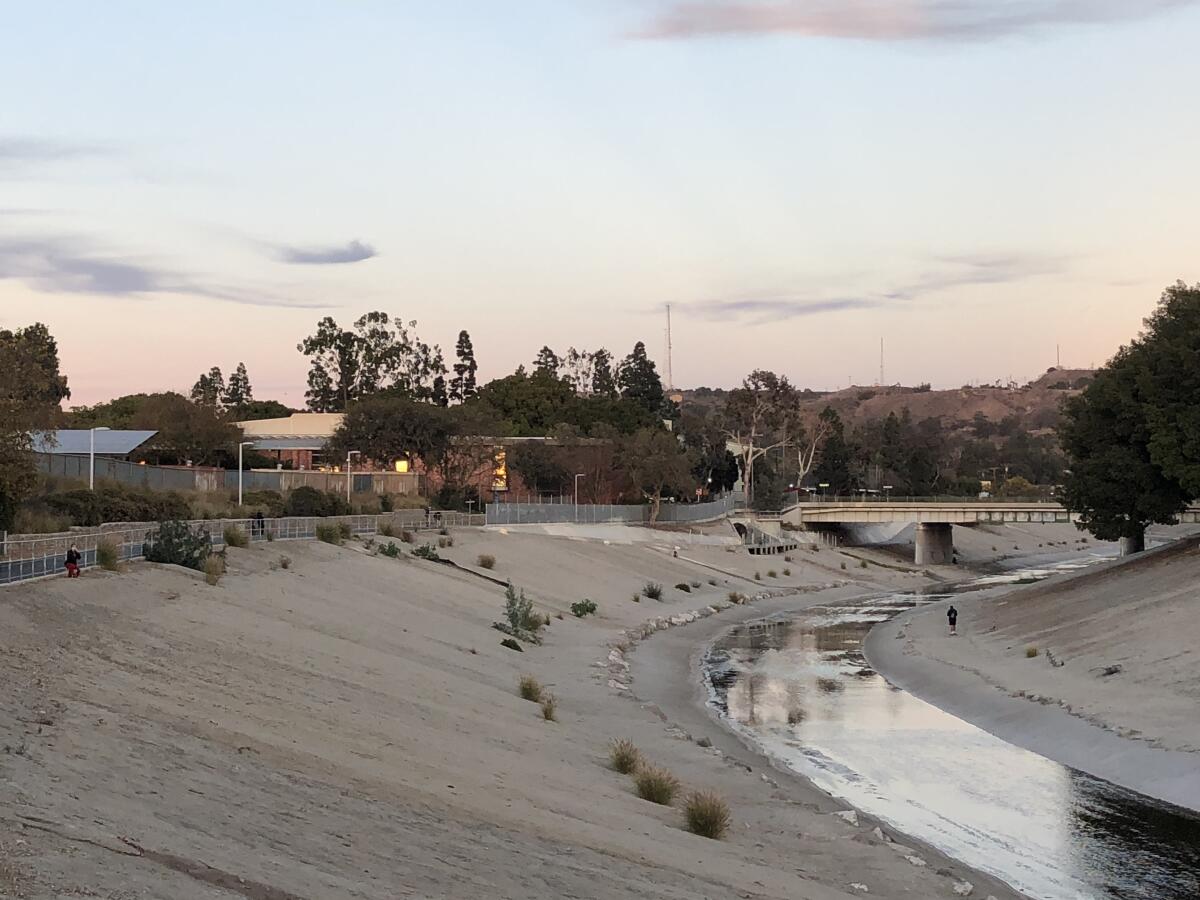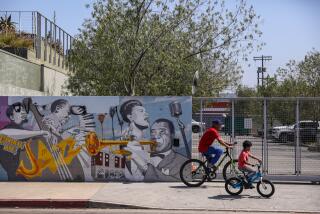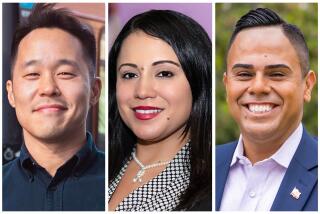Op-Ed: As California redraws political lines, keep two Black congressional districts in L.A.

When California voters passed Propositions 11 and 20 to create the statewide independent redistricting commission a decade ago, there were concerns that such a panel would end up diluting the voting power of the state’s Asian, Latino and African American communities. The other commissioners and I felt the weight of that concern daily and took to heart our responsibility to serve all of our state’s diverse population. This must be kept in mind once again as the state prepares to redraw districts.
The Black community in Los Angeles in particular seemed to be at risk of losing representation a decade ago. One commissioner was quoted in the L.A. Times as saying: “It’s very hard for people to accept the changing demographics,” which many read as meaning that the decline in Black population in L.A. was going to lead to an elimination of their representation in Congress and the state Legislature.
Others came to the redistricting commission suggesting that the congressional districts held by Black members in Los Angeles be collapsed into one big Black majority seat, which would have had the effect of reducing Black representation to numbers that haven’t been seen in L.A. since the 1960s.
But we on the commission were not willing to have the state lose Black districts on our watch. While we learned that demographics had indeed evolved, many of these so-called historically Black communities still had a vibrant Black presence and voice. So, we listened closely and worked diligently in L.A. and other parts of the state to protect the Black representation in Congress and the Legislature.
We also increased the number of majority-minority districts in Latino areas, including the long-deserved Latino seat in the San Fernando Valley, by wiping out the gerrymanders that had denied Latinos opportunity in that region. In the San Gabriel Valley, we created the first majority-minority legislative district in a heavily Asian area in the continental United States.
Going into this current redistricting cycle, we are hearing some of the same chatter as we did back in 2011 — including an argument to pack one single Black congressional seat. This has percolated again on the news that Rep. Karen Bass, who represents one of these seats, will be running for mayor of Los Angeles.
It’s incumbent upon me, seeing these familiar threats, to push back yet again, this time as a former commissioner and a fellow Californian. The commission is accepting public comments now and will have draft maps by mid-November. The final maps will be done by Dec. 27.
Living in Los Angeles, I have personally seen how the Black community is growing but also moving to other parts of the city and region. This is a fact, and it has reduced the number of African Americans in previously densely populated communities such as Baldwin Hills, the Crenshaw Corridor, West Athens, Watts, Compton, Leimert Park, Florence-Graham and West Adams, as well as in Compton, Inglewood, Gardena, Hawthorne, Carson and other cities in southeast Los Angeles County. But while the census numbers have certainly decreased, strong Black communities still live, work and play here and deserve to exercise their full political voice.
The commission should resist any efforts to reduce the political and representative power of the Black community in Los Angeles County, and this begins with a commitment to retain two congressional seats in which Black voters have enough numbers to affect the outcomes of elections. Does this mean that only a Black member can be elected? No. It means that whoever earns the votes of these communities will have to address the needs of the region’s Black population, alongside those of their neighbors.
Black communities can still have a strong voice and elect candidates of their choice, even with the citizen voting age population at today’s more modest levels. Across Los Angeles, there’s long-standing evidence of crossover voting, in which white and Latinx voters support Black candidates. Any attempts to condense the two Black districts into one would in fact violate the Voting Rights Act. Instead of packing Black communities into one district, the commission should instead aim for a strong Black political voice across two districts. Based on a close review of election data, these two districts would be best designed with 28% to 35% Black voting age citizens.
This two-district approach can also allow for the Latino population to have effective districts in other parts of the L.A. Basin — something that should be another key goal for the commission. What’s more, the current commission has the ability to preserve every single Latino majority-minority seat that our 2011 commission created. The Asian community, which has been growing in the San Gabriel Valley, currently has two districts that have been effective at building political power for the several Asian communities of the region — one in Congress, the other in the state Assembly.
We know there has been a loss of population in L.A. County relative to the rest of the state. And you can tell, listening to state redistricting commissioners, that they fear this will have negative impacts on minority communities. But as a former commissioner, I know firsthand that redistricting in this region has long focused on preserving districts that give minority communities effective representation, ensuring that all of our communities win — together.
And this begins with ensuring the two Black congressional districts are preserved.
Connie Malloy was a chair of the California Citizens Redistricting Commission from 2010 to 2020 and is chief executive of the Panta Rhea Foundation.
More to Read
A cure for the common opinion
Get thought-provoking perspectives with our weekly newsletter.
You may occasionally receive promotional content from the Los Angeles Times.






